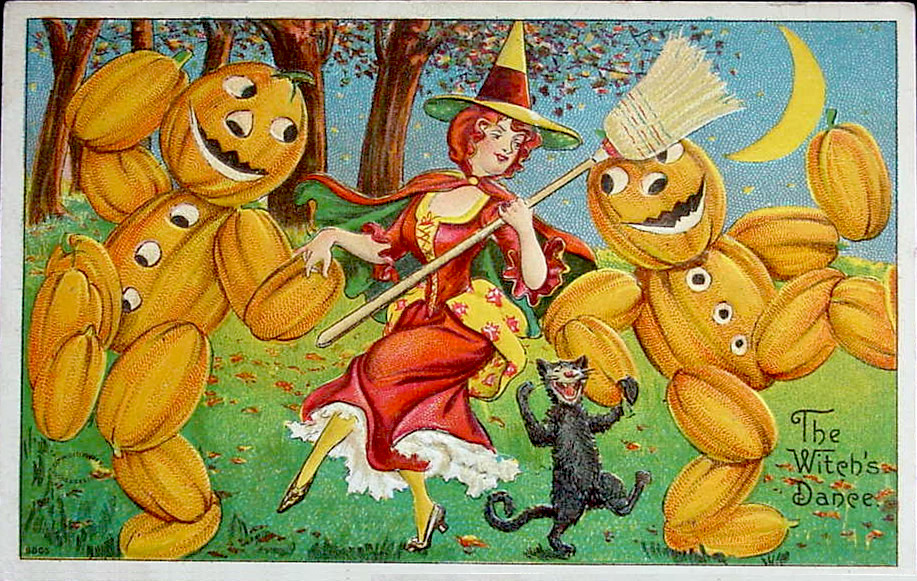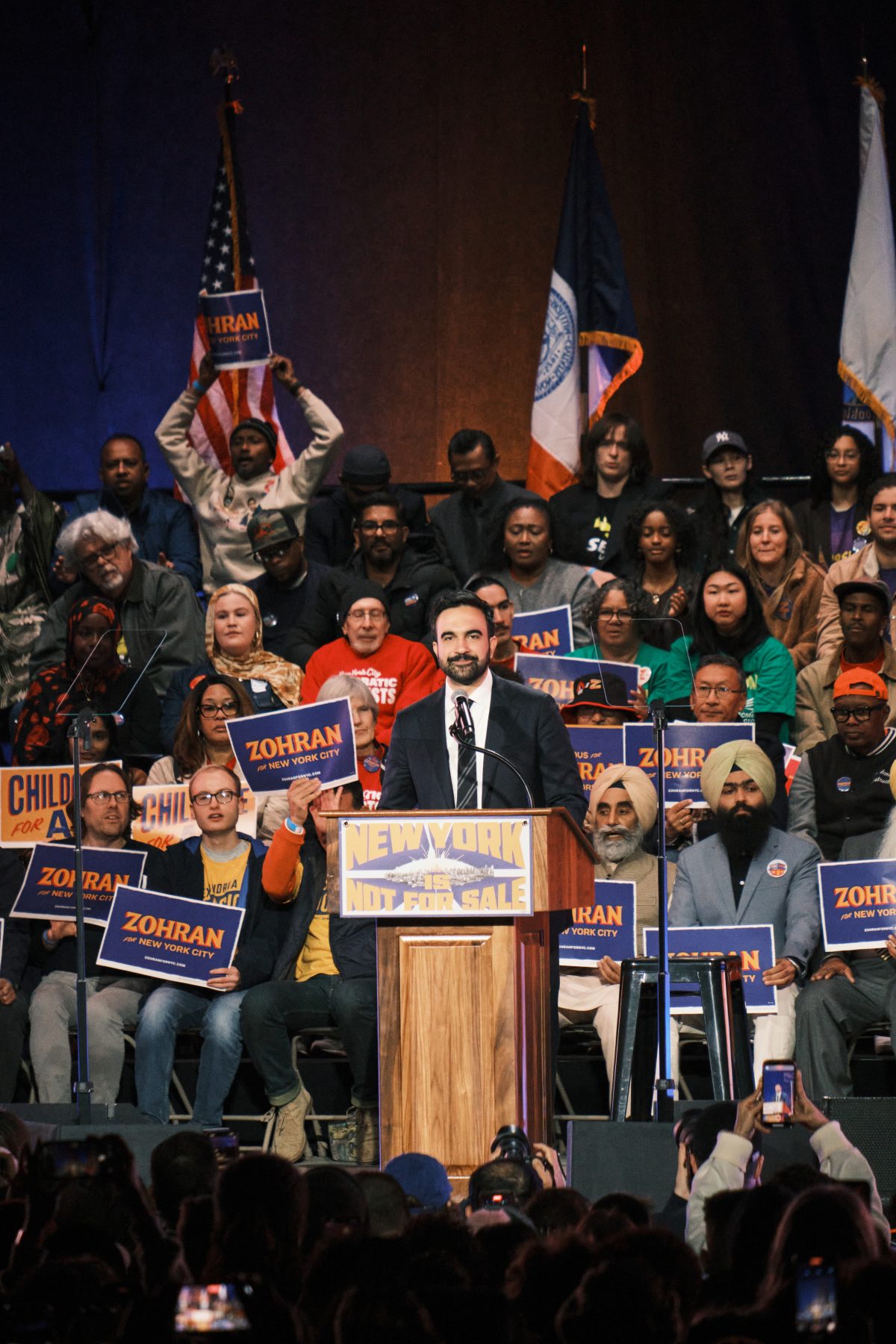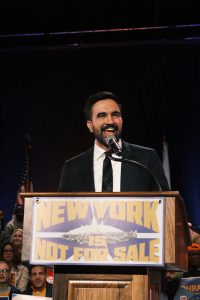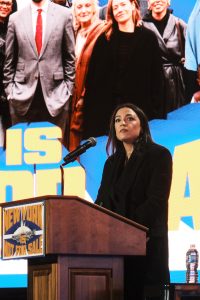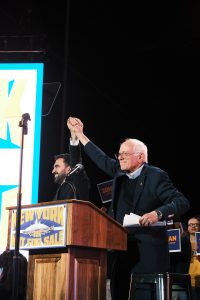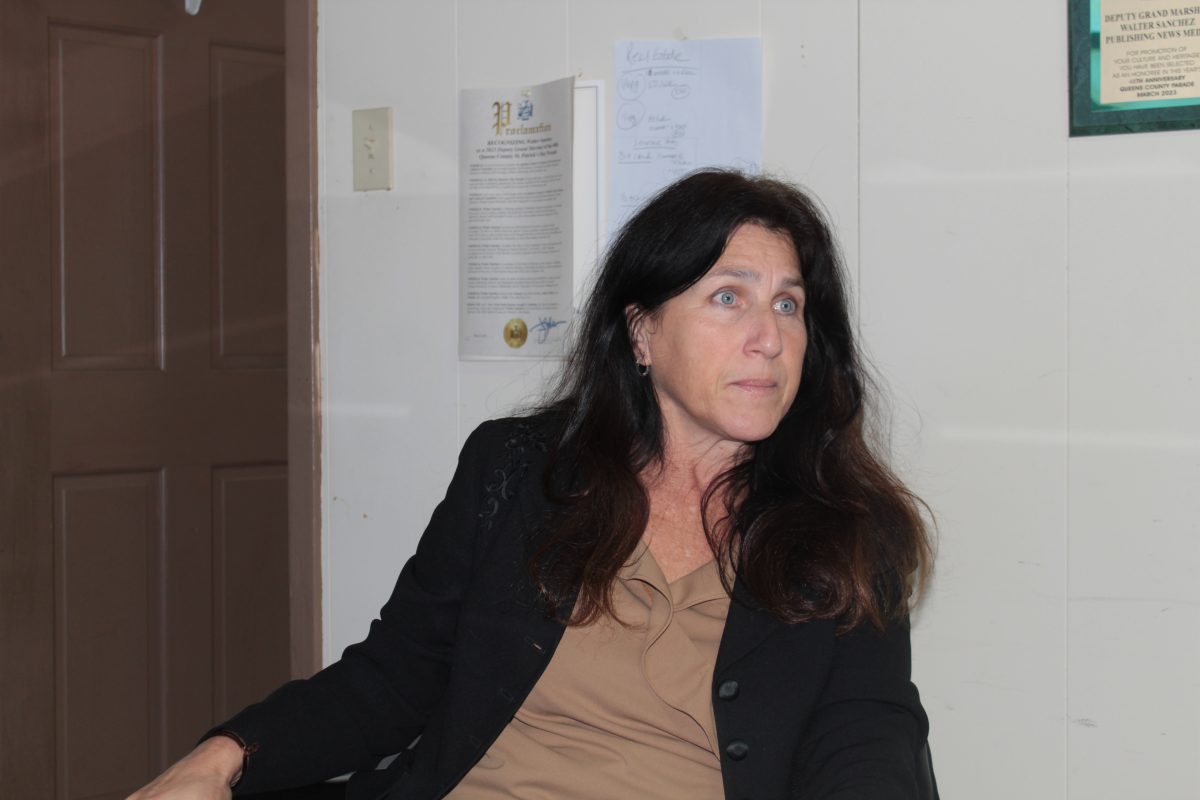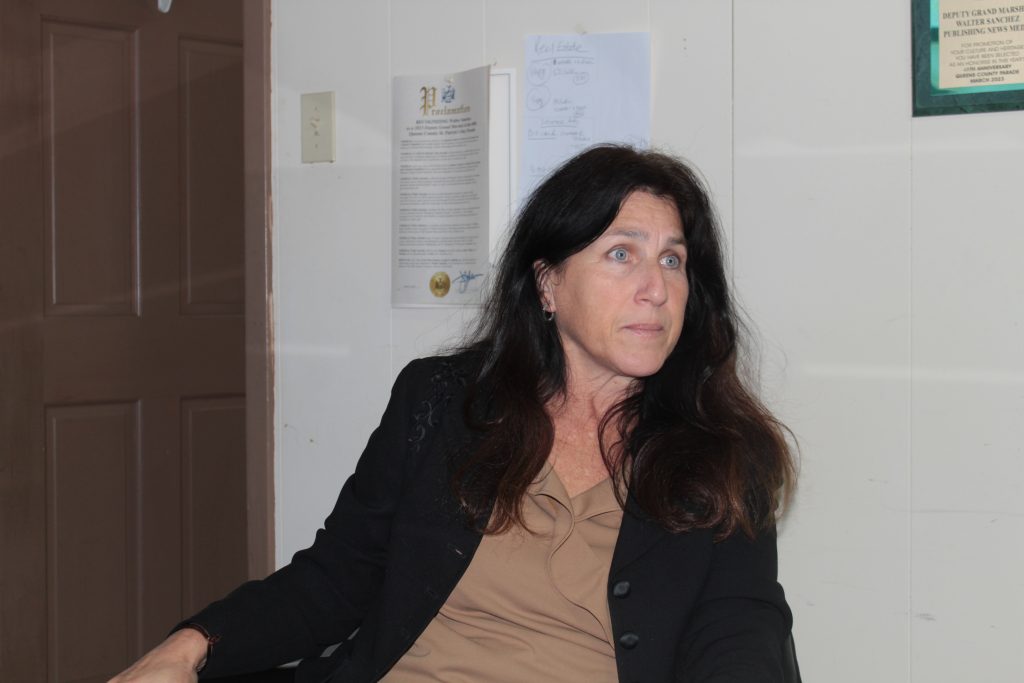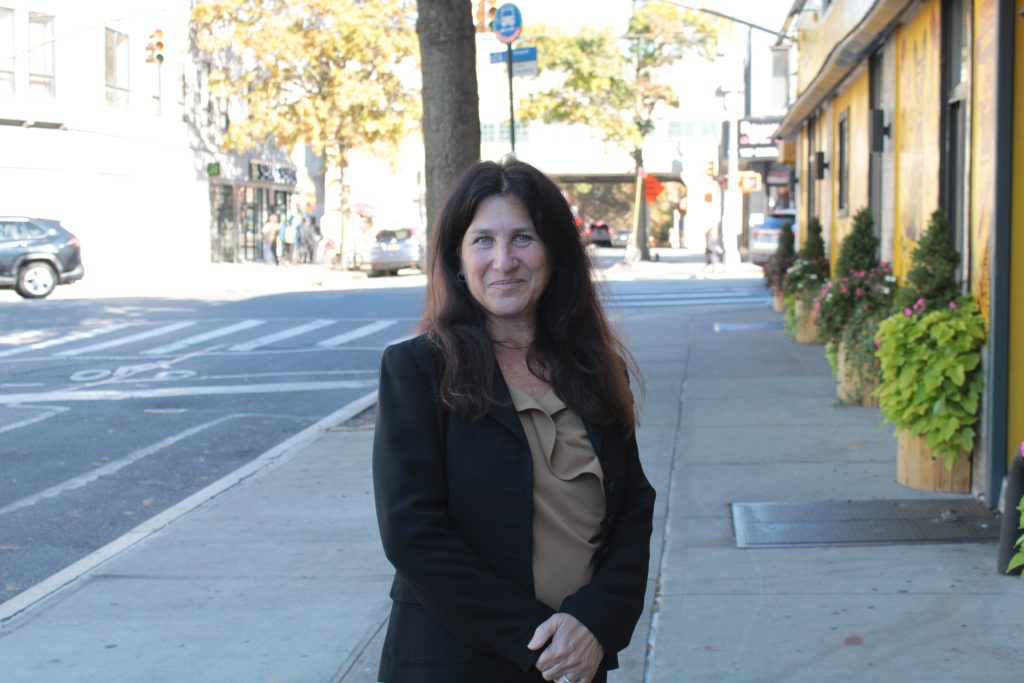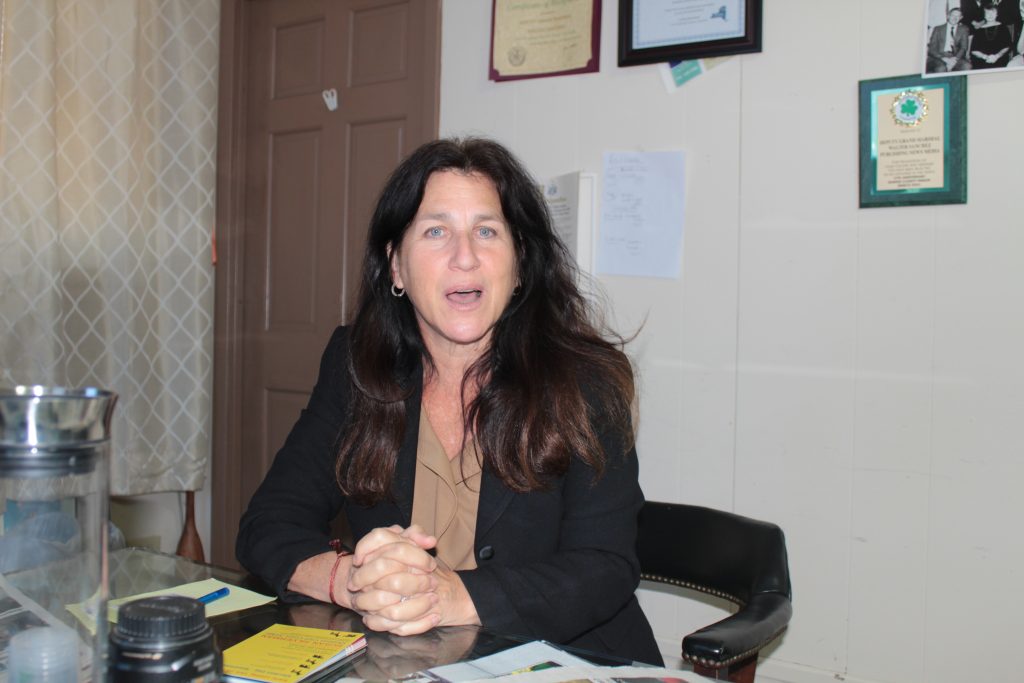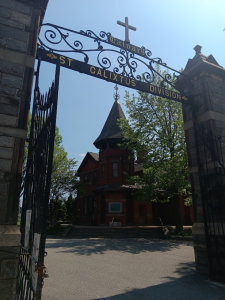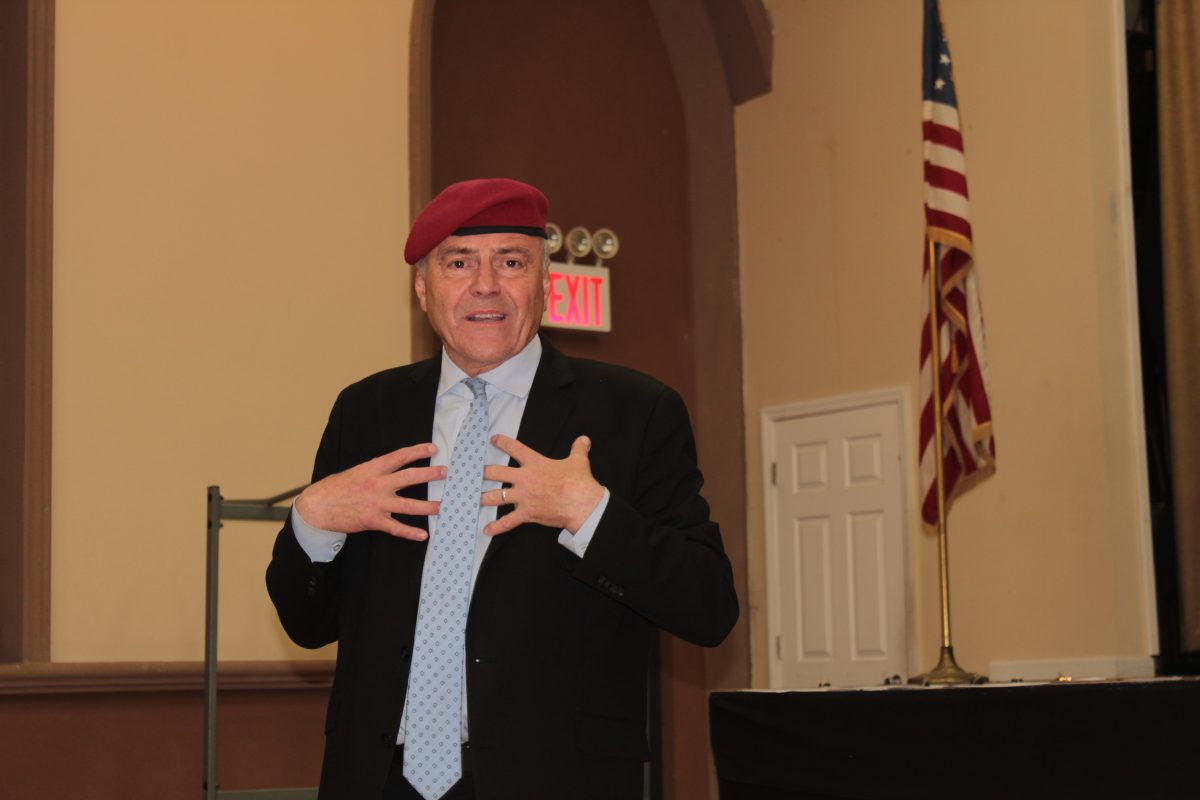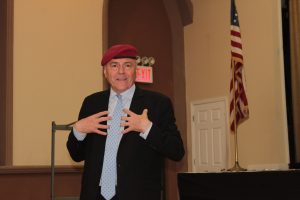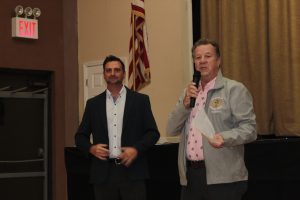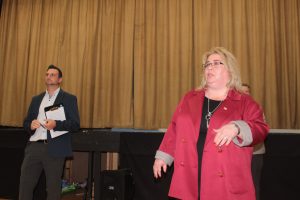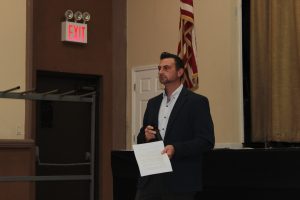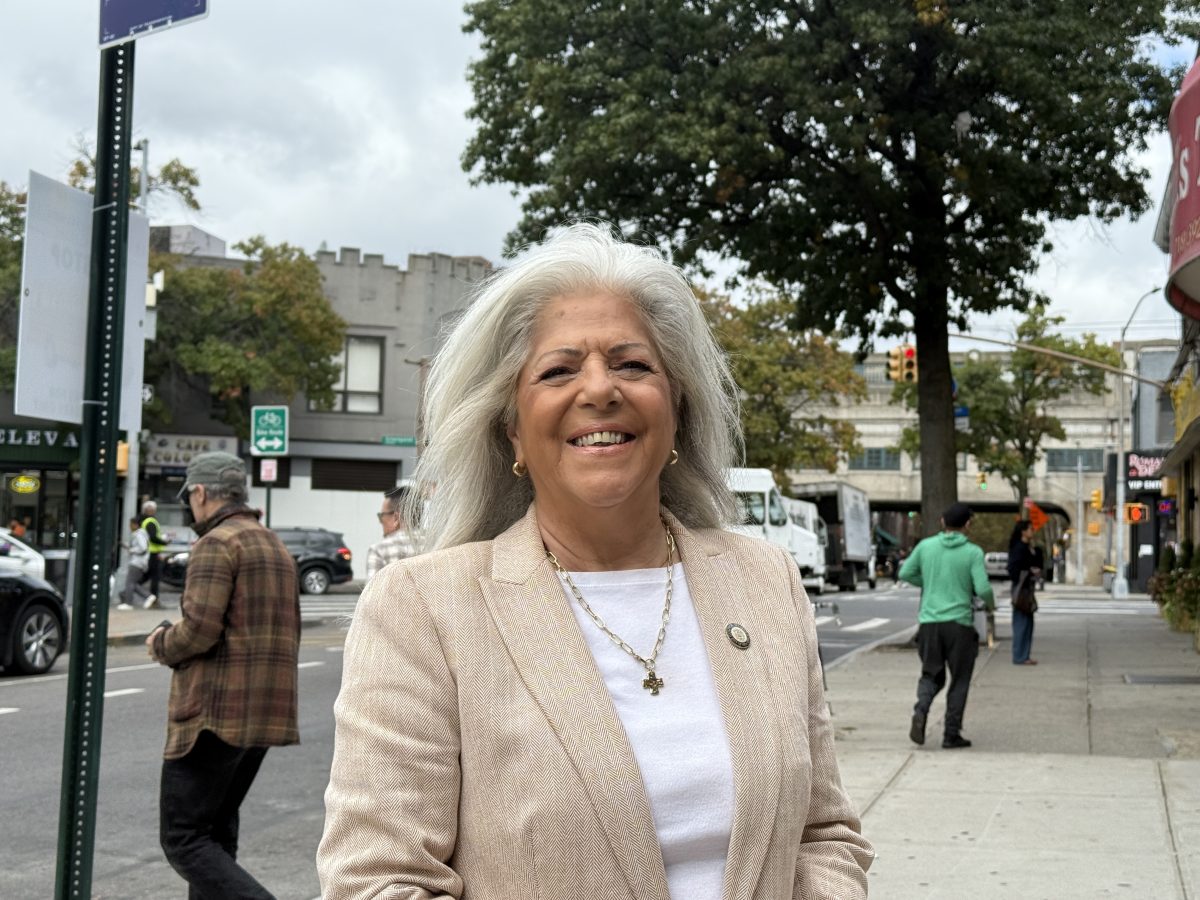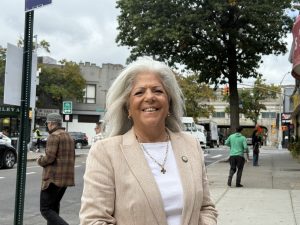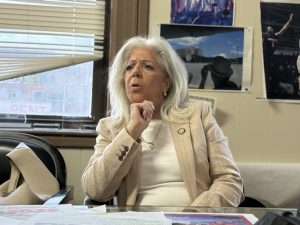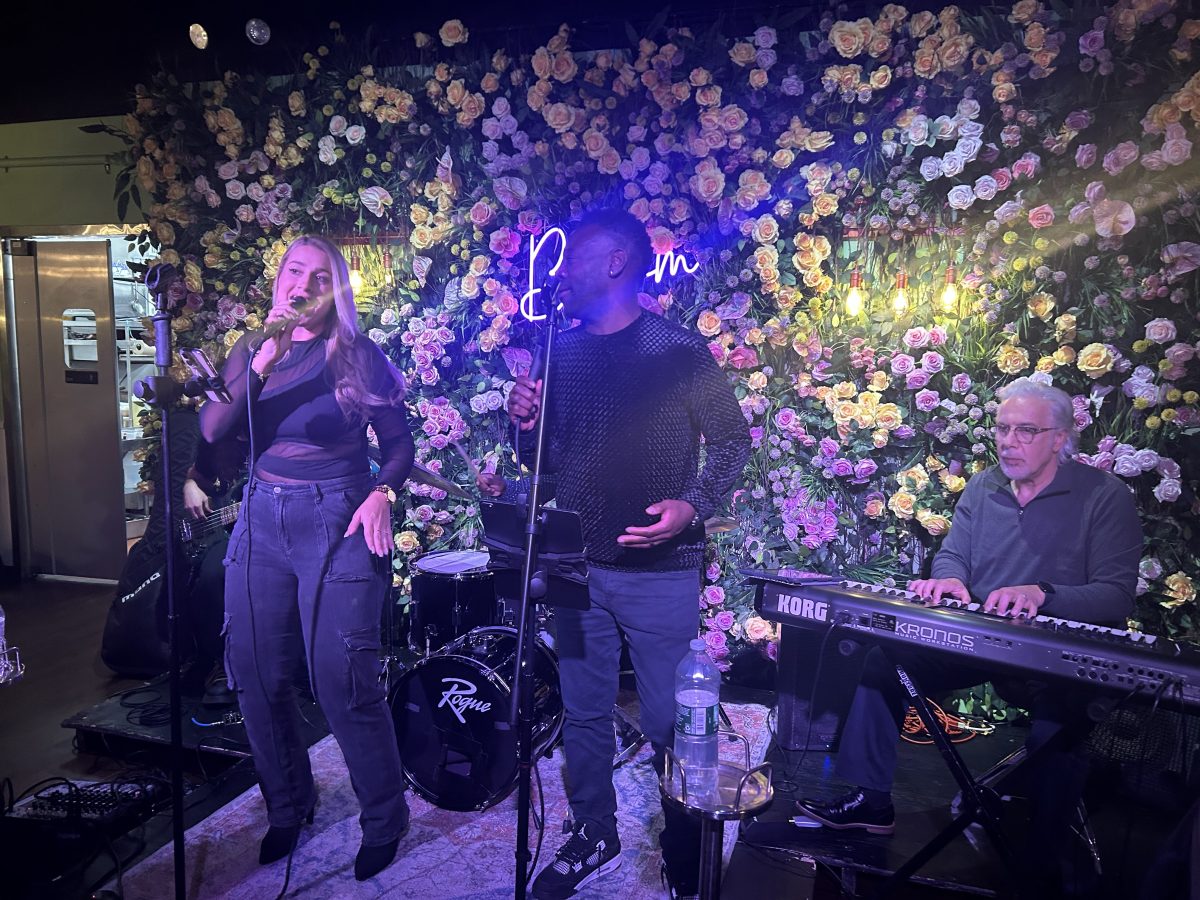Hallowe’en in The Golden Age of Postcards: Reviving Spooky Deltiology Treasures
By Michael Perlman
Pumpkins, black cats, witches, ghosts, scarecrows, and gourds are coming alive in unique ways, if one is fortunate enough to pick up an early twentieth-century Halloween postcard. Halloween was traditionally spelled “Hallowe’en” and originated from “All Hallows’ Evening” in Old English. It was customary to mail a highly stylized Hallowe’en postcard, which consisted of fine illustrations, themes ranging from horror to humor and romance to fortune-telling, calligraphy, poetry, Victorian and Art Nouveau designs, and embossed features.
From 1900 to 1930, it is estimated that over 3,000 Halloween postcard designs were produced, resulting from the success of publishing companies collaborating with fine artists. As the trade migrated into the 1920s, young adults were not depicted as frequently in postcards, since the holiday shifted toward a celebration for children.
In 1873, the first American “picture postcard” was produced. A significant number of postcards from the late 19th and early to mid-20th century surprisingly exist in a good to excellent state, with fine penmanship and one-cent and two-cent stamps. Today it is essential to preserve postcards in albums with transparent double-sided archival-safe pages.
Deltiology is the collection and study of postcards, which derives from “deltion,” a Greek term for a writing tablet or letter. A postcard collector is a deltiologist. Several decades ago, postcards could be found at a corner pharmacy, but today, vintage postcards are found on eBay, at estate sales and postcard shows, or perhaps in a dusty box in your attic, left behind by an earlier homeowner. Nearly every theme was represented, including holidays, hometowns, and hobbies.
The majority of postcards were published between 1898 and 1918, with those from the 1920s and 1930s in fewer quantities. Today, all are considered to be collectible works of art and range from a few dollars to over one hundred dollars, depending on their artistry, publisher, and rarity. It is estimated that by 1913, nearly one billion postcards were mailed in America.
Turning back the hands of time, one can discover publishers and artists who were largely responsible for the reality of artistic Halloween postcards. John Winsch (1865 – 1923) of Stapleton, New York was co-manager of Art Lithographic Publishing Company. He copyrighted his artist-signed greeting cards, where many were published in sets, and produced approximately 4,000 designs between 1910 and 1915. He was highly recognized for Halloween and Thanksgiving postcards. He also used European artists, who worked with his German printers. Winsch postcards, with their poetry, sometimes evoke Edwardian romanticism, even on Halloween.
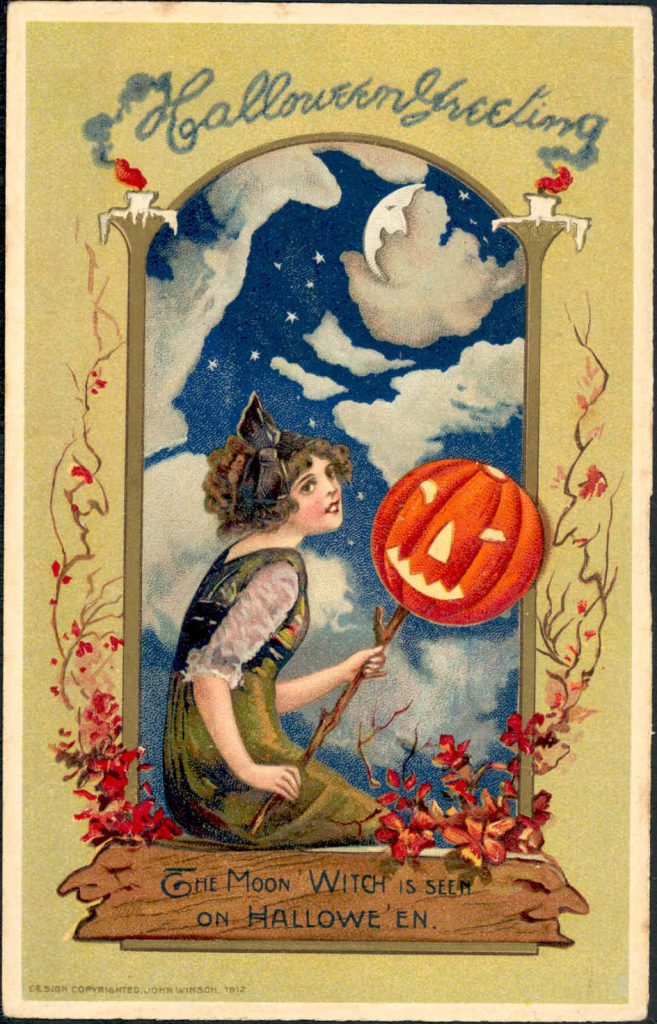
Schmucker girl on Halloween by John Winsch, 1912.
Samuel Loren Schmucker (1879 – 1921) was a prestigious artist that is often associated with John Winsch postcards. Graceful and brightly depicted women were a highlight. Despite contracting polio as a child, he persevered. He pursued his studies in drawing at the Pennsylvania Academy of the Fine Arts in Philadelphia, followed by still life paintings from 1898-99. He was also a student under American artist and teacher Howard Pyle, who shaped the careers of the most significant early 20th century artists. It is stated that Schmucker merged Art Nouveau influences with the rich colors of Pre-Raphaelite artists.
Born in South Columbia, New York, Ellen Hattie Clapsaddle (1865 – 1934) would be recognized as a significant illustrator and commercial artist, and is regarded as a most prolific postcard and greeting card artist of her time. She was the great-granddaughter of Major Dennis Clapsaddle, a Revolutionary War hero. During the golden age of souvenir postcards, from 1898 to 1915, artistic designs were highly prized, and she is credited with over 3,000 designs. Her themes spotlight Halloween, Valentine’s Day, Christmas, and international children. Her residences included Manhattan’s Prince George Hotel and 125 East 30th Street. She designed postcards for International Art Publishing Company, Wolf Publishing Company, and Raphael Tuck & Sons.
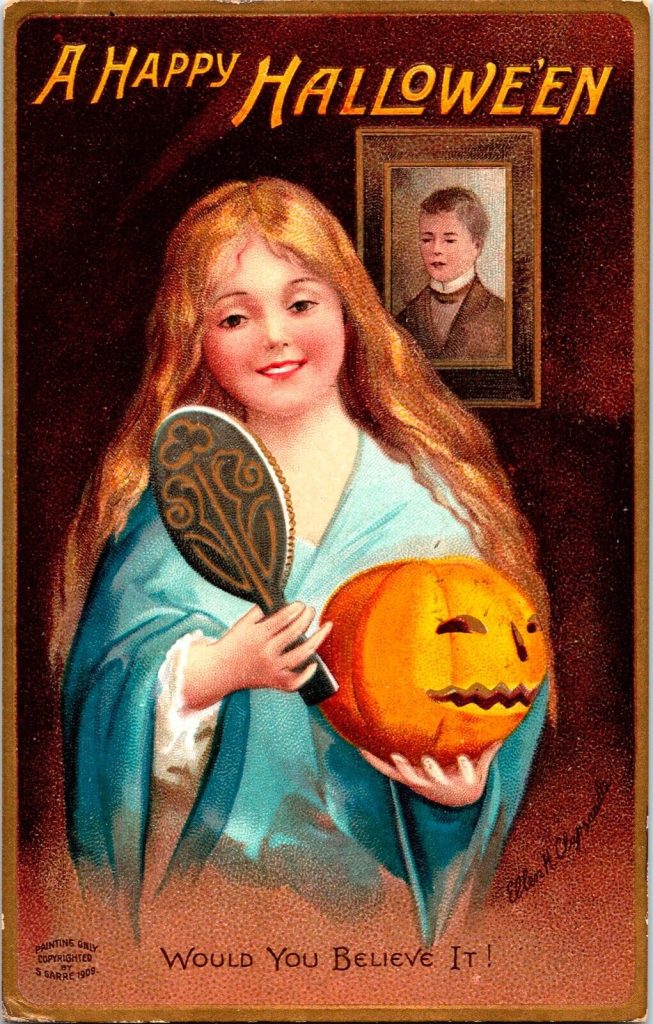
The mirror says it all–Postcard by famed artist Ellen Clapsaddle Painting only copyrighted by S Garre,1909.
Fred C. Lounsbury of Plainfield, New Jersey and president of Crescent Embossing Company, was well regarded for his optimal quality greeting cards and postcards. His 1907 copyrighted postcard captures a Halloween superstition. A young woman in a florid gown visualizes going to a ball, as she holds a candle in her hand to faithfully light the way to her intended. Her future husband appears as she gazes into a floor mirror. The scene is complemented by a jack o’lantern, elegant gilding and Old English typography, and seasonal themes such as corn, a black cat, and a bat.
Born in Buffalo, New York, Bernhardt Wall (1872 – 1956) was nicknamed “Postcard King,” who designed over 5,000 postcards. He was a historian, noted for his lithography, portraits, and illustration. His etchings included cultural and political leaders, such as Abraham Lincoln. His passion for art originated in his early years, and would soon study under James Francis Bacon, William Auerbach-Levy, and Henry Reuterdahl. Along with his wife, artist Jennie Hunter, he had a residence and studio at 1947 Broadway.
Postcards by Raphael Tuck & Sons often feature traditional colors, texture, and brilliantly captured emotions, and are among the most desirable. This firm was founded in London by Raphael Tuck (1821 – 1900) and operated from 1866 to 1959. Other locations included Paris, Berlin, Montreal, and 298 Broadway and 122 – 124 Fifth Avenue. In 1894, his son, Adolph Tuck, created their first picture postcard. This prominent publisher was considered “Art publishers to their majesties the king and queen,” as noted on the reverse of their postcards, since Queen Victoria granted them the Royal Warrant of Appointment in 1883.
The E. Nash Co. was also a well-respected publisher of high quality holiday postcards and mechanical postcards, and based in Manhattan.
A heavily embossed Halloween postcard with gold leaf captures the tradition of children bobbing for apples, and was copyrighted by printer and publishing firm L.R. Conwell of 120 West 32nd Street. It was noted on the reverse as number 248 in the series. Besides Halloween postcards, their focus included romance, Decoration Day, Fourth of July, graduation, and Christmas themes.
The Geo. C. Whitney Company’s principal was George Clarkson Whitney (1842 – 1915), whose motto was “Industry, punctuality and Christianity.” His firm became a notable publisher of postcard greetings and holiday cards on specialty papers, and especially included Valentine’s Day and Halloween postcards. His son Warren and grandson George later assumed the operations, but as of 1942, the firm shuttered.
The lithographic firm of Gottschalk, Dreyfuss & Davis consisted of Benjamin Gottschalk, Julius Dreyfuss, and Alfred Davis, and conducted business at 45 East 20th Street in Manhattan, along with offices in London and Munich. Hand-colored collotypes were printed in Germany. Many of their Halloween postcards feature human-like jack o’lanterns, such as in the case of the fairytale themed serenade at night, accompanied by a gold embossed motif border. The firm was largely active between 1909 and 1914.
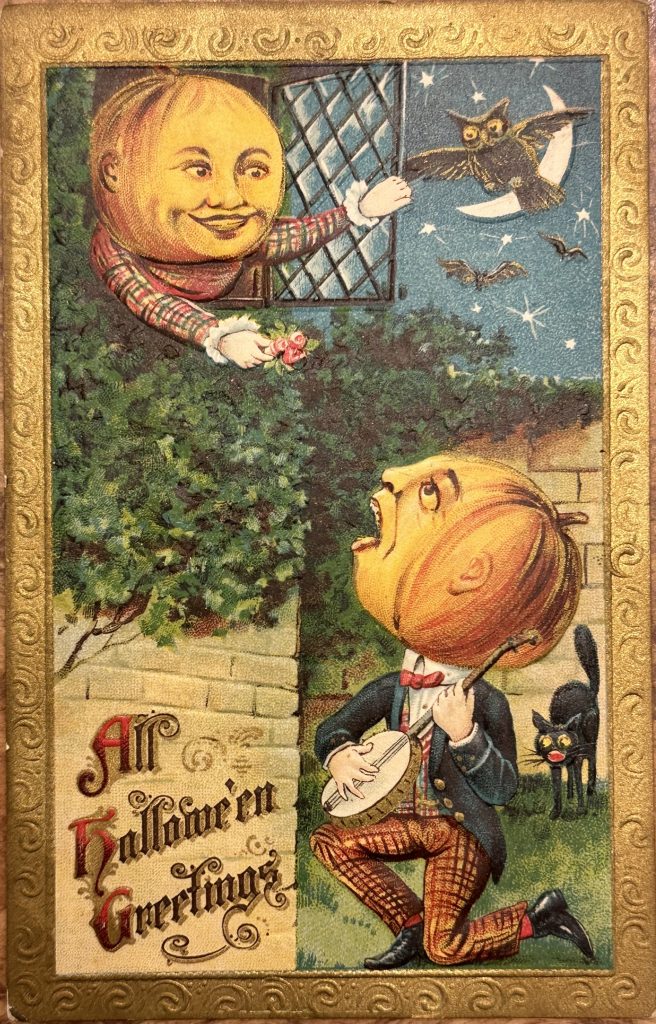
Serenading pumpkins by Gottschalk Dreyfuss Davis circa 1910.
It is not a daily occurrence when you encounter a witch dancing alongside anthropomorphic jack o’lanterns, as a black cat is eager to join in. This unique embossed postcard was produced by publisher Julius Bien & Company of 12 West 19th Street, and is listed as part of the 980 Series, No. 9805, and is circa 1909. The firm existed from 1850 to circa 1915, and was noted for highly illustrated postcards, often offering a whimsical feel, and reflecting holiday, religious, comic, and patriotic themes. Artist and lithographer Julius Bien immigrated from Germany in 1849 and pursued his passion with one lithographic hand press. He was a member of scientific societies and received medals and diplomas from expositions including the 1876 Centennial Exposition in Philadelphia. As of 1889, he became the National Lithographers Association president, and would become well-known as a large manufacturer of postcards.


